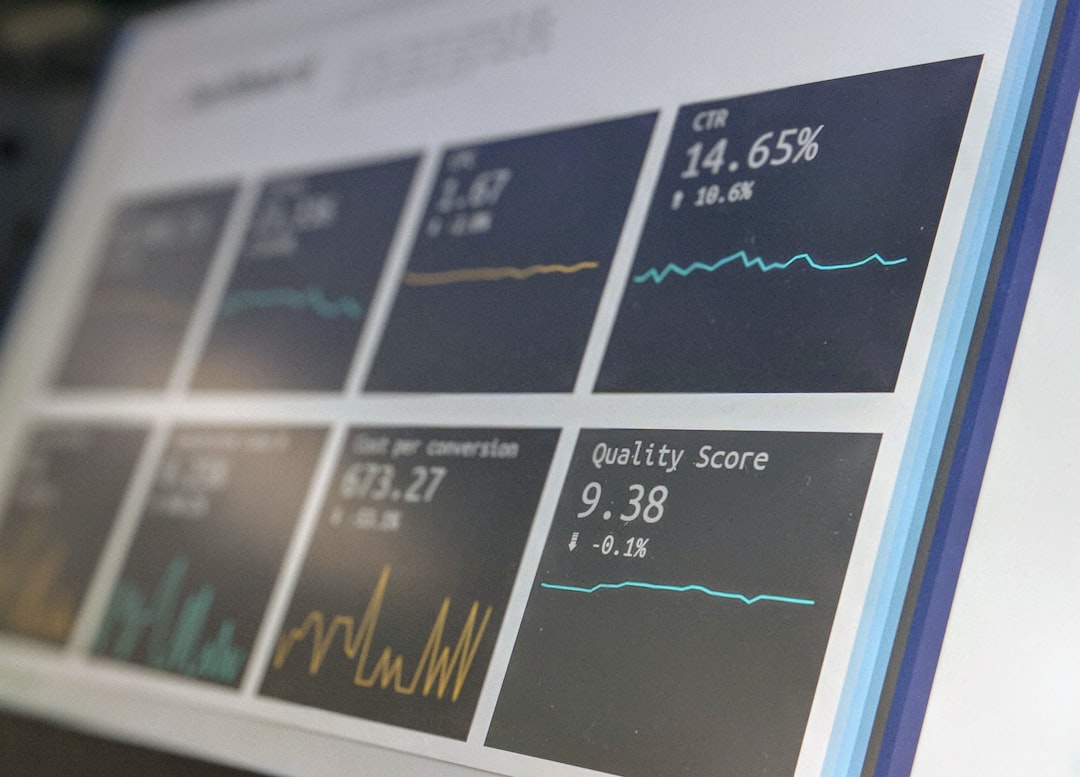
How to Create a Financial Plan for Economic Projects
# Introduction. Creating a financial plan for economic projects is an essential step for ensuring the success and sustainability of any initiative. Whether it’s for a startup or a large-scale business expansion, a well-structured financial plan allows project managers and stakeholders to understand the budgetary needs, evaluate potential risks, and analyze the economic viability of the project. This blog post will guide you through the process of creating a comprehensive financial plan tailored for economic projects. ## Understanding the Importance of Financial Planning. A financial plan serves as a roadmap for managing finances related to the project. It encompasses all expected expenses, anticipated revenue, and financial strategies. Understanding its importance means recognizing that financial planning helps in: - **Resource Allocation**: Ensures that funds are allocated efficiently and correctly to different project components. - **Risk Management**: Facilitates the identification and mitigation of potential financial risks associated with the project. - **Investor Assurance**: Builds confidence among investors and stakeholders by presenting a clear financial strategy and realistic projections. ## Step 1: Define the Project Goals and Objectives. The first step in creating a financial plan is to clearly define the goals and objectives of your economic project. Questions to consider include: - What are the key deliverables? - What market problems does the project aim to solve? - What are the anticipated timelines for each phase of the project? Defining these aspects helps in establishing a clear purpose and direction for the financial plan, leading to more tailored budgeting. ## Step 2: Conduct Market Research. Comprehensive market research is essential to gauge the economic environment in which your project will operate. This includes: - **Analyzing Competitors**: Understand who your competitors are, their strengths and weaknesses, and their pricing strategies. - **Identifying Target Audience**: Determine who your customers are and what they are willing to spend. This data can influence revenue projections. - **Market Trends**: Stay informed about current trends that may impact your project’s success, such as economic fluctuations or changes in consumer behavior. Conducting thorough research will provide the data needed to craft a realistic financial forecast. ## Step 3: Estimate Costs and Funding Sources. A detailed estimate of all expenses is critical at this stage. Breakdown your costs into the following categories: - **Initial Setup Costs**: These include all expenses required to launch the project, such as infrastructure, technology, and licenses. - **Operational Costs**: Recurring expenses like salaries, utilities, and marketing that will incur as the project runs. - **Contingency Costs**: Set aside funds for unforeseen circumstances and emergent expenses. After estimating costs, identify potential funding sources: - **Self-Funding**: Utilizing personal savings or reinvested profits. - **Loans and Grants**: Explore financial institutions or government grants available for economic projects. - **Investors**: Attract potential investors who may provide funding in exchange for equity or a share in profits. ## Step 4: Create Revenue Projections. After determining costs, it’s time to forecast revenues based on previously gathered market research. Key components include: - **Sales Forecast**: Estimate how many units will be sold in specific timeframes based on market demand and pricing strategies. - **Pricing Strategy**: Analyze what customers are willing to pay and consider adopting pricing models such as penetration pricing or premium pricing. - **Sales Channels**: Identify where and how sales will occur, whether through online platforms, brick-and-mortar stores, or a mixed approach. These projections will reveal the potential profitability of your project and help in making crucial financial decisions. ## Step 5: Monitor and Adjust Your Plan. The financial planning process doesn’t end once the project is launched. It’s essential to continuously monitor market conditions and financial performance. Regularly compare actual expenses and revenues against your projections to identify any discrepancies. If certain areas of the project are falling short, be prepared to adjust the financial plan accordingly. Create a timeline for regular reviews, adjusting budgetary allocations, or reassessing revenue strategies as needed. This flexibility increases the chance of achieving financial goals throughout the project. ## Conclusion. Creating a comprehensive financial plan for economic projects is a vital process that requires diligence, research, and strategic thinking. From setting clear objectives to continuously monitoring financial performance, every step is crucial in ensuring the project remains economically viable. Remember, a well-constructed financial plan not only prepares you for potential challenges but also attracts investors and stakeholders, making the journey toward economic success a collaborative and robust effort. .








